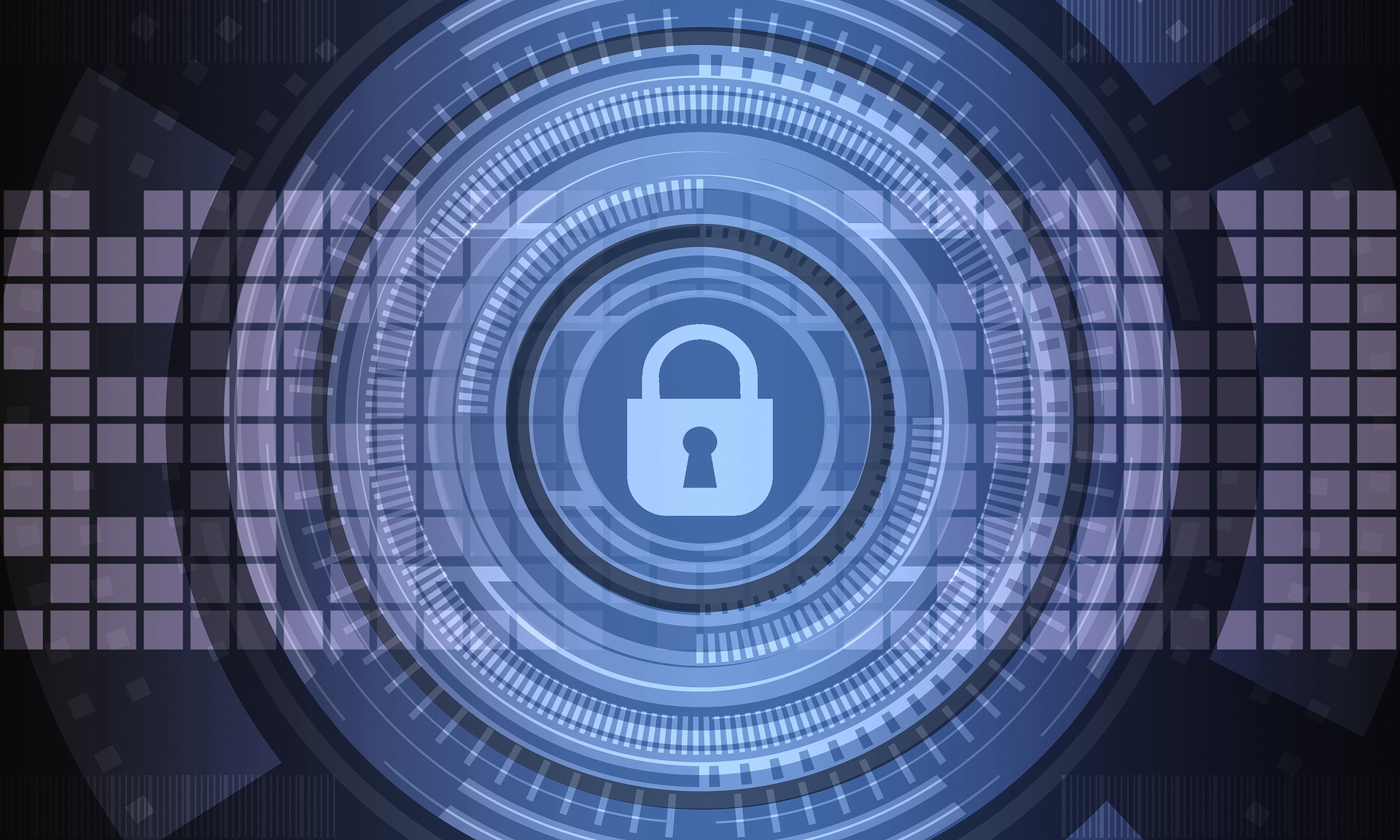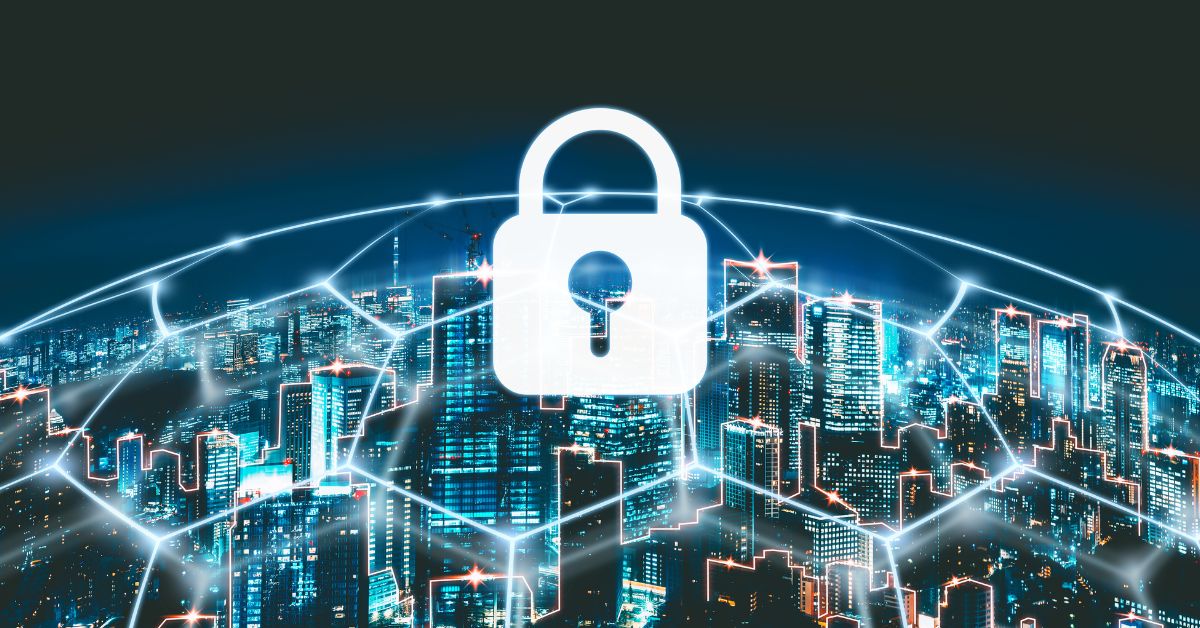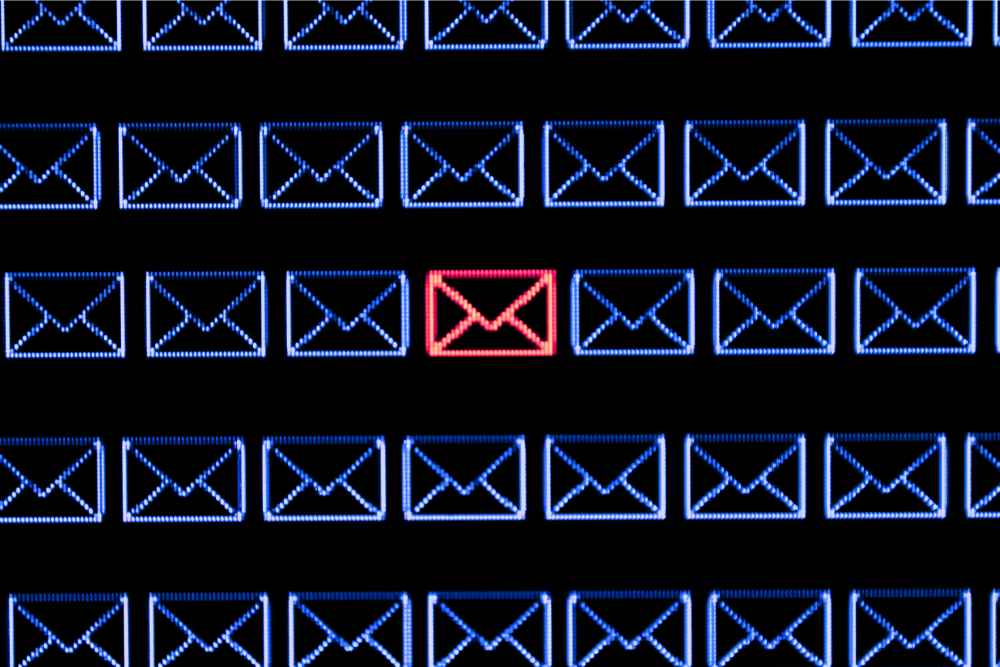
Most providers, including email providers, claim to offer end-to-end encryption to their users. Some even make it their unique value proposition.
However, those same providers implement centralized key distribution and make themselves part of the encryption process. By doing so, they break the promise of securing communication end-to-end and expose users to a broad range of risks and vulnerabilities.
Email is one of the most common avenues for data breaches. According to a study by Deloitte, 91% of attacks start with email. Standard email services often need more robust encryption, making them weak links to your data protection strategy. This is where end-to-end encryption comes in handy.
In traditional email systems, messages are usually encrypted during transmission between your device and the email service's servers and again when they travel from those servers to the recipient's device. However, the email service can decrypt and read those messages. This creates a vulnerability.
End-to-end encryption eliminates this weakness by utilizing asymmetric encryption techniques. Here's how it works:
Key Pairs: Each user has one pair of cryptographic keys: public and private. The public key is used to encrypt messages sent to the user, and the private key is used to decrypt messages the user receives. Notably, the private key always remains on the user's device.
Encryption Process: When you send an email, the system uses the recipient's public key to encrypt the message. This turns the readable text into an unintelligible scrambled cipher without the corresponding private key.
Transmission: The encrypted message is then transmitted over the internet. Even if someone intercepts this message during transmission, they will see an unintelligible message. This message cannot be decrypted without the recipient's private key.
Decryption: Upon reaching the recipient, the email is decrypted using their private key, converting it into readable text.
Encryption, if truly end-to-end, is secure because even the service providers facilitating the email transmission and its encryption cannot decrypt the message. They cannot access their users' private keys since they are stored locally on their devices.
Some advanced end-to-end encryption systems also use forward secrecy protocols. This means that even if a user's private key is somehow compromised, past communications remain secure because they were encrypted with a temporary session key that has since been discarded.
It's not just the text of the email that gets encrypted. Attachments, such as documents or images, are also encrypted similarly, providing a comprehensive security solution for all aspects of email communication.
Public Key Infrastructure (PKI) is a widely used technology for implementing end-to-end encryption. It involves a set of roles, policies, and procedures needed to create, manage, distribute, use, store, and revoke digital certificates and manage public-key encryption. While PKI is generally considered a secure and effective encryption, it comes with challenges and risks. Below are some of the security risks associated with using PKI for end-to-end encryption.
Managing the lifecycle of public and private keys is a complex task. Keys must be generated privately, distributed reliably, stored securely, and eventually retired and replaced. Poor key management can lead to accidental losses or unauthorized access.
If an attacker gains access to a private key, they could decrypt any data encrypted with the corresponding public key. This is particularly problematic if the compromised key is a root or intermediate certificate authority key, which could undermine the integrity of the entire PKI system.
Administrators who manage the PKI have enormous power, as they can issue, revoke, and sometimes even access private keys. This makes the PKI vulnerable to insider threats. Employees with malicious intent and the proper access can create unauthorized certificates or compromise existing ones.
The PKI model relies on trust in a Certificate Authority. If a CA is compromised, this undermines the trust in all certificates issued by that CA. Some systems automatically trust several hundred root CAs worldwide, each with varying levels of security, increasing the attack surface.
When a certificate is revoked (perhaps due to compromise), it can take time for systems to update their Certificate Revocation Lists (CRLs) or to query the Online Certificate Status Protocol (OCSP). During this time, the compromised certificate might still be accepted as valid.
PKI encryption and decryption operations can be computationally expensive, impacting the performance of systems and networks. As your organization scales, so does the complexity and computational overhead of maintaining a secure PKI.
The PKI system can be complicated to set up and manage, leaving room for human error. Simple mistakes, such as misconfiguration, failing to renew certificates or improper storage of backup keys, can have severe security implications.
Traditional PKI systems often do not implement forward secrecy, meaning that if an attacker gains access to a private key, they can decrypt past communications that use the corresponding public key. Newer algorithms and key exchange mechanisms have been developed to mitigate this risk but have yet to be universally implemented.
The Zero Trust end-to-end encryption model isn't just a set of cutting-edge security protocols; it's a holistic approach to data security that aligns naturally with the principles and requirements of GDPR. By adopting this model, organizations reduce their risk of falling foul of GDPR's stringent requirements and build a more robust, flexible, and inherently secure operational landscape.

Cyber incidents, like theft of confidential intellectual property (think research data and patents), are...

Do you think you’d know the difference between your actual boss and an AI fake version on a video call? ...

In the rapidly evolving landscape of cybersecurity, marked by constant advancements and evolving threats...

In this fast-paced digital landscape, where information flows seamlessly, intellectual property (IP), in...